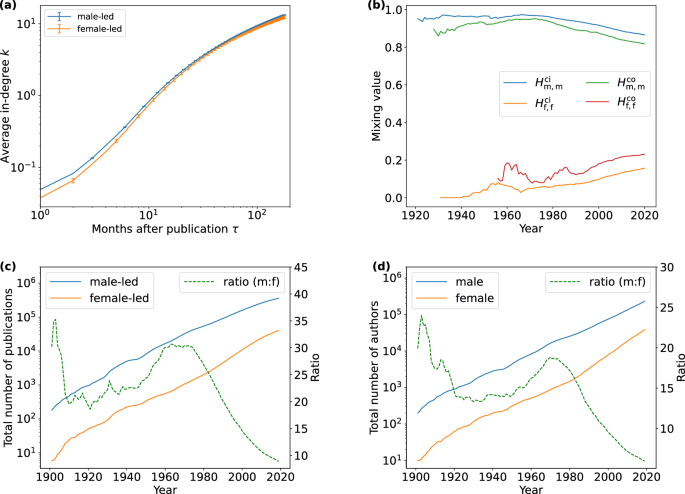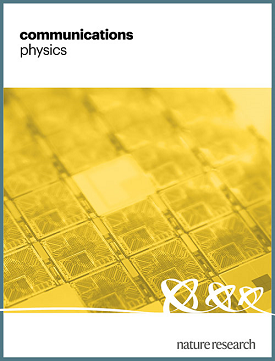Emergence of group size disparity in growing networks with adoption
IF 5.4
1区 物理与天体物理
Q1 PHYSICS, MULTIDISCIPLINARY
引用次数: 0
Abstract
Social and technical networks undergo constant evolution driven by both existing entities and newcomers. In academia, research papers are continually cited by new papers, while senior researchers integrate newly arrived junior researchers into their academic networks. Moreover, social systems can be influenced by external factors that could indirectly impact their growth patterns. For instance, systematic discrimination against certain groups in academia or managerial positions can impede their long-term growth, especially when combined with group-level preferences in hiring or adoption, as observed in our study. To address this, we introduce a network growth and adoption model where generalised preferential attachment and asymmetric mixing act as the two fundamental mechanisms of growth and adoption. We show analytically and numerically that these mechanisms can recover the empirical properties of citation and collaboration growth, as well as the inequalities observed in the growth dynamics of groups. This model can be used to investigate the effect of intervention in group mixing preferences to overcome the cumulative disparities in the group-level dynamics. The authors introduce a network growth and adoption model with preferential attachment and asymmetric mixing that can explain the inequalities observed in the group growth dynamics in scientific citation and collaboration. This model can be used to investigate the effect of intervention in group mixing preferences to overcome cumulative disparities.


在不断扩大的网络中,群体规模的差异随着采用而出现
社会和技术网络在现有实体和新来者的推动下不断演变。在学术界,研究论文不断被新论文引用,而资深研究人员则将新来的初级研究人员纳入其学术网络。此外,社会系统也会受到外部因素的影响,从而间接影响其发展模式。例如,在学术界或管理岗位上对某些群体的系统性歧视可能会阻碍他们的长期发展,尤其是在招聘或采用方面与群体层面的偏好相结合时,正如我们的研究中所观察到的那样。为了解决这个问题,我们引入了一个网络增长和采用模型,其中广义优先依附和非对称混合是增长和采用的两个基本机制。我们通过分析和计算表明,这些机制可以恢复引用和协作增长的经验属性,以及在群体增长动态中观察到的不平等现象。该模型可用于研究干预群体混合偏好的效果,以克服群体层面动态中的累积差异。
本文章由计算机程序翻译,如有差异,请以英文原文为准。
求助全文
约1分钟内获得全文
求助全文
来源期刊

Communications Physics
Physics and Astronomy-General Physics and Astronomy
CiteScore
8.40
自引率
3.60%
发文量
276
审稿时长
13 weeks
期刊介绍:
Communications Physics is an open access journal from Nature Research publishing high-quality research, reviews and commentary in all areas of the physical sciences. Research papers published by the journal represent significant advances bringing new insight to a specialized area of research in physics. We also aim to provide a community forum for issues of importance to all physicists, regardless of sub-discipline.
The scope of the journal covers all areas of experimental, applied, fundamental, and interdisciplinary physical sciences. Primary research published in Communications Physics includes novel experimental results, new techniques or computational methods that may influence the work of others in the sub-discipline. We also consider submissions from adjacent research fields where the central advance of the study is of interest to physicists, for example material sciences, physical chemistry and technologies.
 求助内容:
求助内容: 应助结果提醒方式:
应助结果提醒方式:


